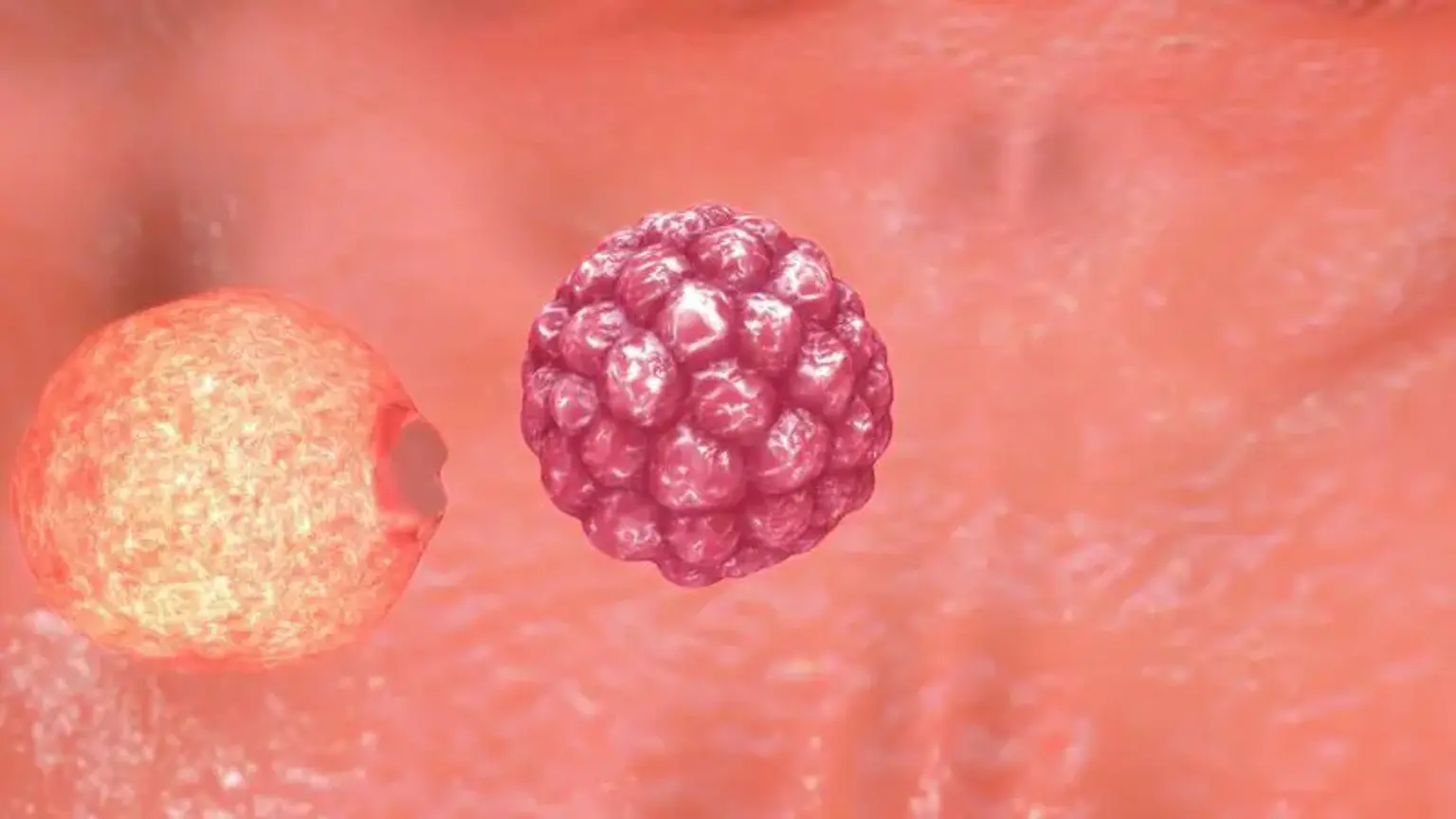Laser Assisted Hatching (Laser-AHA)
Overview
When you conceive spontaneously, the embryo moves through the fallopian tube, allowing the shell to shrink and making implantation simpler. Embryos developed in a laboratory have a thicker shell than normal and may require further assistance to break free.
These outer shells may thicken as women age, making it more difficult for the embryo to break through. Many specialists feel that making a hole in the shell increases the embryo's chances of hatching and implanting into the uterine lining.
The zona pellucida is a delicate outer shell' of a human embryo (or zona for short). When an embryo is five or six days old and at the blastocyst stage, it must escape or hatch out of the zona. Once the embryo has hatched from the zona, it can implant into the uterine lining. A pregnancy cannot develop if the embryo does not hatch.
